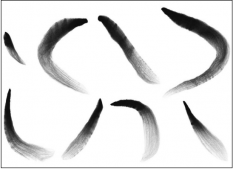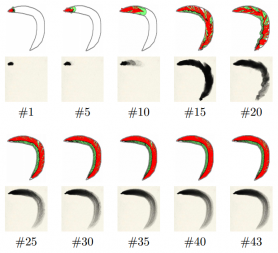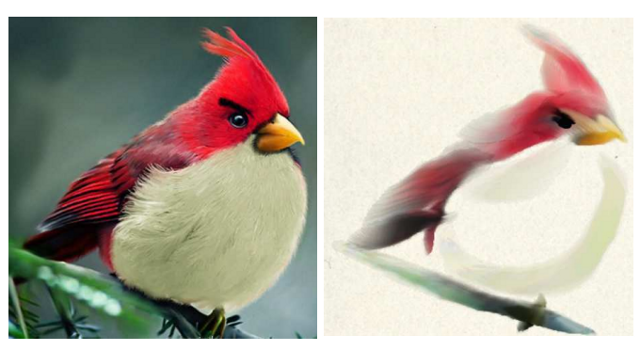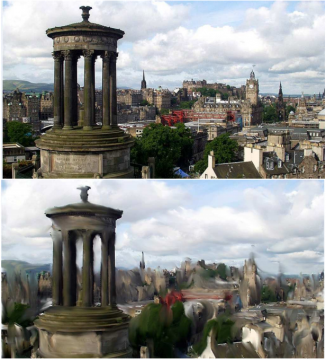Traditional occidental painting techniques like watercolor or oil build an image from many layered brush strokes. You don't usually notice the individual strokes unless you stand very close. But in traditional oriental ink painting, called sumi-e, the brush strokes are the painting. Each stroke is made to capture maximum information about the subject.

In its simplicity, sumi-e poses a challenge to computer-generated artistry. The computer can't simply add and layer a large number of standard strokes, because the shape of each brush stroke is entirely dependent on the subject. And subjects can be infinite.
Now three computer science researchers from the Tokyo Institute of Technology have cracked the sumi-e puzzle by training a digital ink brush with a technique called reinforcement learning.

They trained their model brush not on entire images (like a bird) but only on individual brush strokes (like the curve of the bird's belly). They digitized eighty natural brush strokes and gave them to the model to mimic, along with a function that rewarded smoother shapes. (To your correspondent's dismay, "reward functions" in computer science don't actually hand out cookies.)


